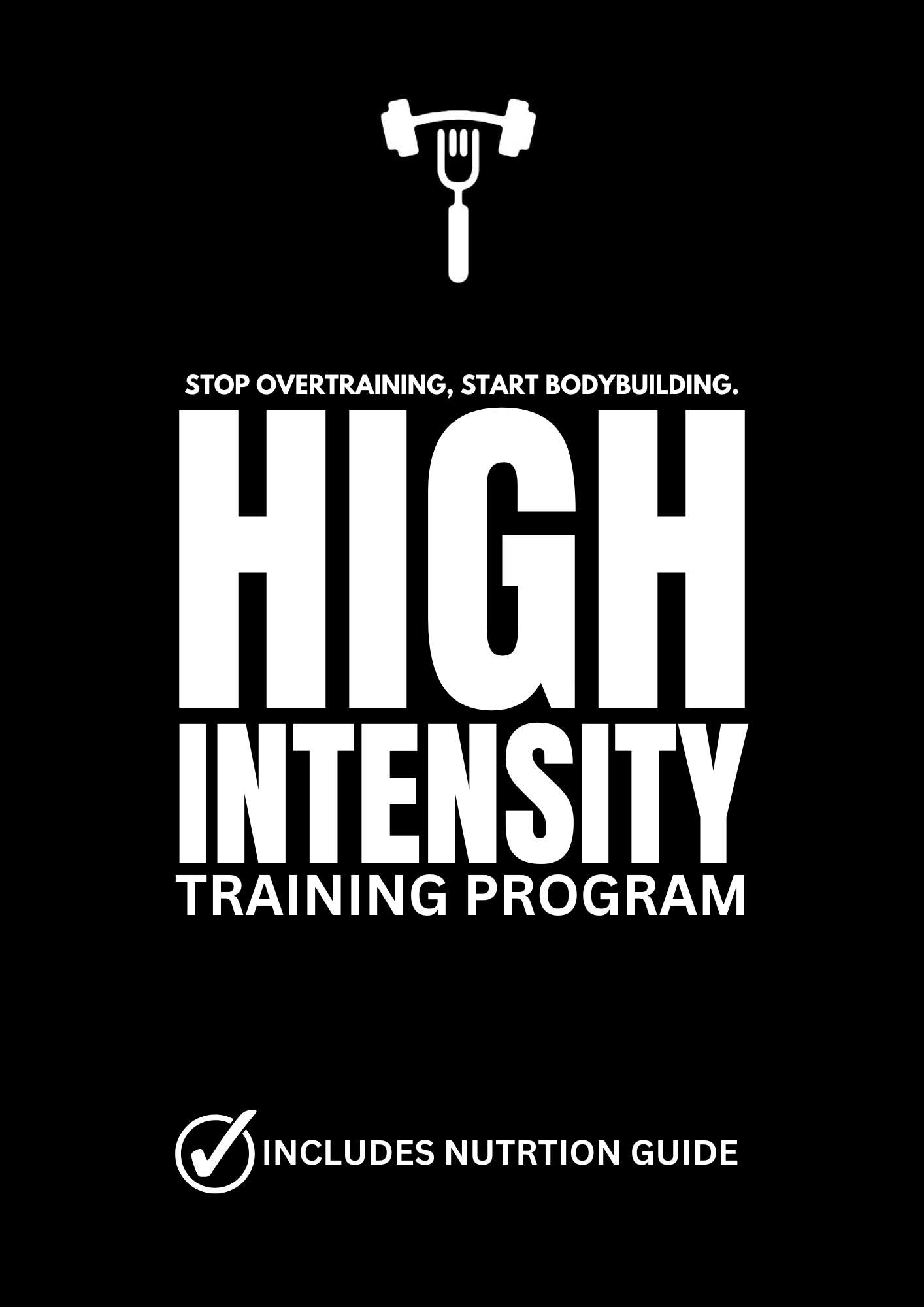The Science Behind Training Less for Maximum Muscle Growth

In the realm of bodybuilding and muscle development, the prevailing wisdom often emphasizes the mantra of "more is better." Hours upon hours in the gym, relentless repetitions, and an unyielding commitment to volume are frequently heralded as the keys to unlocking significant gains in muscle mass. However, a school of thought exists that dares to challenge this conventional approach, advocating for a paradigm shift towards training less for optimal results. At its core lies a philosophy rooted in efficiency, intensity, and the strategic utilization of resources.
This alternative perspective on muscle growth centers around the principle of intensity over volume. Rather than spending countless hours engaged in marathon training sessions, adherents of this philosophy advocate for shorter, more focused workouts that prioritize maximum effort and intensity. The cornerstone of this approach lies in the recognition that the body's capacity for growth is finite and that excessive training can lead to diminishing returns, or worse, overtraining and injury.Central to this philosophy is the concept of minimizing wasted effort and maximizing the effectiveness of each training session. By condensing workouts into shorter durations while maintaining high levels of intensity, individuals can stimulate muscle growth more efficiently. This approach not only conserves valuable time but also allows for adequate recovery, a crucial component often overlooked in the pursuit of gains.
One of the fundamental principles underlying this philosophy is the concept of progressive overload. Rather than incessantly increasing volume, individuals focus on gradually increasing the intensity of their workouts through heavier weights, higher resistance, or more challenging exercises. By pushing the body beyond its current limits in a controlled manner, muscle fibers are stimulated to adapt and grow stronger over time.
Moreover, proponents of this approach argue that excessive training can lead to systemic fatigue and hormonal imbalances, which can hinder muscle growth and recovery. By strategically reducing training frequency and allowing for sufficient rest between sessions, the body can recuperate and adapt more effectively, ultimately leading to greater gains in muscle mass.
Anecdotal evidence and empirical observations have provided compelling support for this philosophy, with many individuals reporting significant improvements in muscle growth and strength by adopting a more streamlined and focused approach to training. Furthermore, scientific research has begun to shed light on the efficacy of this approach, suggesting that shorter, more intense workouts can elicit comparable, if not superior, results to longer, more voluminous routines.
In conclusion, while the notion of training less may seem counterintuitive to traditional beliefs surrounding muscle growth, it is a concept firmly grounded in science and practicality. By embracing the principles of intensity, efficiency, and strategic planning, individuals can optimize their training regimens to achieve maximum results in minimal time. It's not about how much you train, but rather how effectively you train. Crafting a workout program with the correct balance of volume and frequency is key to unlocking your full potential and maximizing your progress on the journey towards your bodybuilding goals.

